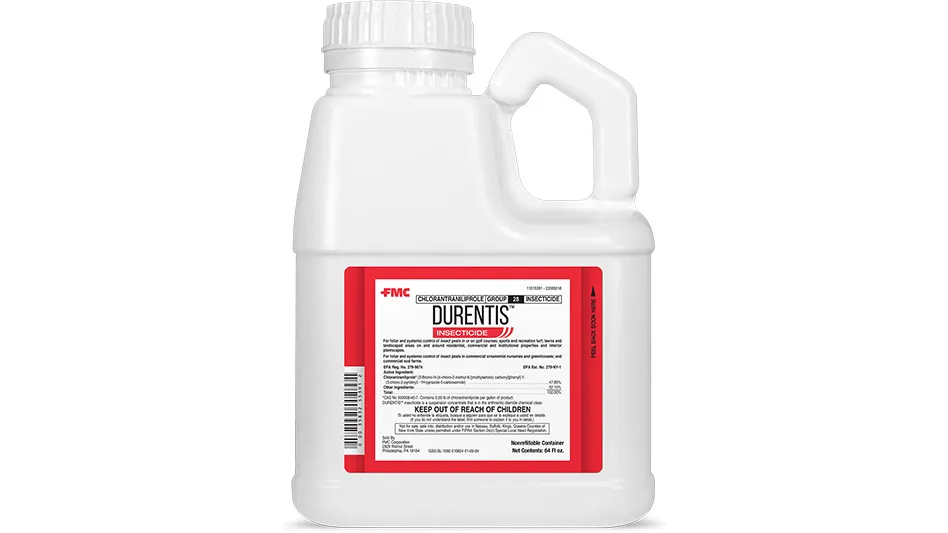
Founder and consultant,
Bruce Wilson & Company
Everyone, it seems, is looking for a silver bullet. They want the one thing that will solve a problem or be the quick fix that will make a difference in their business. And while there’s no such thing, business owners seeking the latest, most exciting breakthroughs still hope to find it.
Secrets-to-success themes fall into familiar hot topics. "People" are trending, as in, “you need the best people with aligned values.” There's also everything from human intelligence to operational stewardship to algorithm-generated content and the future of work. These, and many others, are all essential to competitive advantage.
However, devising ambitious plans for the future pose challenges. The enthusiasm for something new wears off and their impact is generally short-lived. A few months or years down the road, you’re generally back into your comfort zone, or in a worse position than when you started because the initiative to lead with “people first," “data-centric” or a new operating methodology found its way to the shelf, replaced by the next big thing. Although this can be disheartening, there are ways to enhance the likelihood of success.
Every business owner wants the type of growth that comes from pure strokes of genius. But the truth is, even the next big thing will do little to compensate for a poor business plan or lack of discipline in executing the details. We have to go back to the sixth century B.C. to find the answer in Aesop’s fable about a race between a tortoise and a hare.
The tortoise in the story wins, not because he was faster or smarter, or because he was more talented. He wins because he put in the work. The hare takes naps, over-confident his bursts of speed will pull him over the finish line when, in fact, his hubris causes him to lose.
The moral of the tale is in the tortoise’s ability to execute. Like in the fable, companies in a race to win know what they need to do but lack the discipline to remain consistent. Why is that?
Like the rabbit, most companies are addicted to urgency, resulting in short-sighted, reactive decision-making with execution going out the window.
Another problem is the failure to look in the mirror, and directly and quickly confront weak or poor performance. Either due to long-term loyalty or procrastination, poor performers are allowed to bring down the whole team.
Building a high-performing business requires real solutions. Treating the symptoms only allow problems to continue. A tried-and-true method for finding the root cause is to ask “why?” five times. Such as, what is the problem and why is it a problem? Then follow up with, "Why is that?" Do it again and again for insight on the problem’s origin.
The most fundamental thing you can do to stay on course is to invest in annual planning and implementation. Companies that do this regularly have learned that having too many initiatives for improvement going at the same time doesn’t work.
Instead, target the three most important issues affecting your company in any one year. Establish milestones to track progress and be accountable to slippage. Otherwise, another year has passed without measurable gains.
It’s very tempting to look for a silver bullet. But real growth takes time. It requires a steady pace, a steady hand on the leadership throttle, and a commitment to listen, learn and improve your team’s ability to know what to do and how to do it. More importantly, it takes accountability. It is hard to run an excellent race without everyone being accountable to what it takes to win.

Explore the May 2024 Issue
Check out more from this issue and find you next story to read.
Latest from Lawn & Landscape
- Landscape Workshop acquires Cut Above Enterprises
- Scythe debuts new generation of M.52
- New identities
- Ruppert promotes Anderson to director of talent acquisition
- Man in the mirror
- EverSmith Brands appoints Ken Hutcheson as its new CEO
- Manitou unveils new Woodcracker tree saw with grapple
- LandCare promotes Burnett to chief people officer





